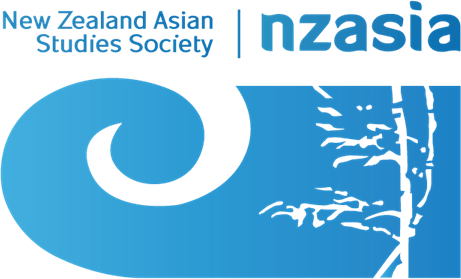|
By Bolin Hu, winner of the NZASIA Conference Postgraduate Prize 2019.
I’m an international PhD student from Wuhan, China, where the COVID-19 first broke out. In 2017, I came to the University of Auckland to start my PhD study on China’s relations with Australia and New Zealand during the World War II, mainly focusing on the transnational link between overseas Chinese in these two countries and China. This project is inspired by my archival research experience in both Australia and New Zealand during the summer and winter vacations from 2009 to 2012. Almost ten years ago, when I first came to New Zealand and Australia, I was impressed with how the Chinese residents in both countries tried to preserve their Chinese heritage and resinicize their children in their efforts to adapt to the host society and cope with a certain degree of racism and white supremacy. One aspect of my study focuses on how the Chinese Australian newspapers reported their home country in the 1930s when the Second Sino-Japanese War unofficially began. Chinese-language newspapers in Australia, as a part of the modernisation of overseas Chinese around the world, became prosperous in the early twentieth century. However, only four of them survived in the 1930s and devoted themselves to anti-Japanese propaganda in an attempt to stimulate nationalism and patriotism within the local Chinese community. Though these Chinese Australian presses shared a common anti-Japanese outlook and an identification of Chinese culture, their political loyalty was quite different. Generally speaking, the Chinese Australian society was politically divided into pro- and anti-Nanjing government camps, apart from some embracing a broader and inclusive political view. Chinese-language newspapers, such as the Tung Wah Times and Chinese World’s News, continued their anti-Chiang Kai-shek propaganda and urged a strong resistance of the Japanese invasion in China. The Chinese Republic News and Chinese Times, unlike their counterparts, demonstrated support and understanding of Nanjing’s dilemma, though the political position of the former was more fluid. The divergent views revealed the multiple loyalties of the Chinese Australians and their active community politics when their population in Australia was declining, and it was a reminder that the community cannot be homogenised with a collective concept of a ‘country’. It also reflected their shared identification with the Chinese nation, showing different approaches to building up a strong home country. By shaping their readership’s Chinese patriotism and nationalism, these Chinese-language newspapers strengthened the connection and allegiances between Chinese in Australia and their homeland. As an international student in New Zealand, I’m a kind of a member of the local Chinese community and experiencing the cultural adaptations that many Chinese immigrants and sojourners have had to make. This personal experience of displacement also deepens my understanding of the predicament of the diasporic Chinese community before 1949 and inspires and motivates me to do more exploration about their history.
0 Comments
|
The views expressed in these blogs are not those of the NZASIA Executive and reflect the personal views of the blog authors.
Archives
December 2023
Categories |

 RSS Feed
RSS Feed
